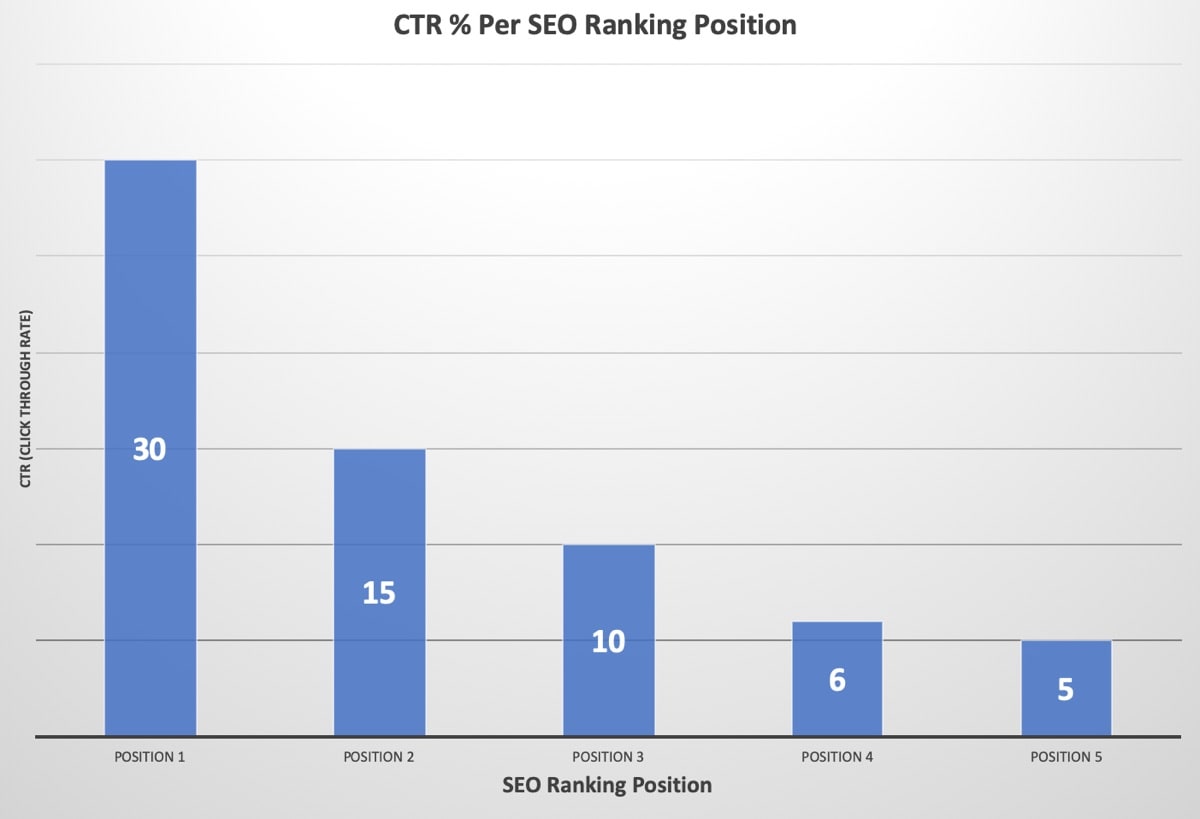

They must then wait for the server to return the relevant data before seeing your content.Ī web cache is data from a website that a computer has temporarily saved for quick and simple future access. When a visitor arrives at your website, their browser requests information from the server. What is Cache (Web Cache)?Ī web cache, (pronounced “kash”), is where temporary data, such as photos, webpage formatting, and text, is saved to provide the information faster the next time it’s needed. They’re not, and here’s more detail and the differences between a site cache, browser cache, and server cache.īefore we get into the different types of cache, let’s define the actual word first. Mike Murr is a forensics analyst with Code-X Technologies, a SANS Instructor, author of and LibForensics, an open source framework for digital forensics written in Python.Sure, website, browser, and server caching all help to decrease your WordPress site’s page load times. A detailed explanation and sample code to create LEAK records can be found here.
You should now see a LEAK record in the index.dat file under the Content.IE5 directory. With notepad still open, go back to Internet Explorer and clear your browsing history. Using notepad open the cached copy of the page. (This is why a unique and easily identifiable page name is useful) The cached page will be under one of the four subdirectories, and is usually named. Find the locally cached copy of the page you visited in step 1. These directories contain the locally cached copies of various web pages. There are four subdirectories (with random looking names). On Windows XP/2003 systems this will be under Documents and Settings\\Local Settings\Temporary Internet Files\Content.IE5.  At a command prompt, navigate to your internet cache directory. Ideally a page with a unique and easily identifiable name (e.g.
At a command prompt, navigate to your internet cache directory. Ideally a page with a unique and easily identifiable name (e.g.  Open Internet Explorer and surf to a web page. You can easily test this on your own system: "temporary internet file" or TIF) can not be deleted. After some analysis, I think I've finally figured out what LEAK records are used for.Įssentially, a LEAK record is created when a cached URL entry is deleted (by calling DeleteUrlCacheEntry) and the cached file associated with the entry (a.k.a. If you've ever worked with index.dat files before, you've probably encountered the mysterious "LEAK" record. These files (index.dat) are usually associated with Internet Explorer's browser history. One of the projects that I've been working on, has required me to become intimately familiar with index.dat files. Immediately apply the skills and techniques learned in SANS courses, ranges, and summits
Open Internet Explorer and surf to a web page. You can easily test this on your own system: "temporary internet file" or TIF) can not be deleted. After some analysis, I think I've finally figured out what LEAK records are used for.Įssentially, a LEAK record is created when a cached URL entry is deleted (by calling DeleteUrlCacheEntry) and the cached file associated with the entry (a.k.a. If you've ever worked with index.dat files before, you've probably encountered the mysterious "LEAK" record. These files (index.dat) are usually associated with Internet Explorer's browser history. One of the projects that I've been working on, has required me to become intimately familiar with index.dat files. Immediately apply the skills and techniques learned in SANS courses, ranges, and summits







 0 kommentar(er)
0 kommentar(er)
